Sometimes, the wild delivers stories that feel almost mythical. Imagine a lone female leopard stalking through golden grass, her eyes sharp and patient, bringing down a prize twice her size. Or a tigress, her striped coat flashing in the shadows as she outsmarts a wary antelope. These are not just tales of survival—they’re stories of leadership, courage, and instinct. Today, we’re celebrating the fierce spirit of five incredible female big cats who hunted solo, defied the odds, and rose to guide their kind. Every whisker twitch and silent step reveals something profound about what it means to be a leader in the animal world. Let’s wander into their world and see what makes them so astonishing.
Solitary Queens of the Savannah

Female big cats often hunt alone, not because they have to, but because they choose to. This solitary lifestyle is as full of challenges as it is of triumphs. Solitude sharpens their senses and hones their instincts, forcing them to rely on their intelligence and agility rather than brute force. When a lioness or leopardess strikes out on her own, she becomes both hunter and strategist, reading every rustle in the grass, every shift in the wind. There’s something quietly powerful about a cat that doesn’t wait for others to lead—she carves her own path, and in doing so, inspires the rest of her pride or family. It’s a reminder that leadership can be quiet, graceful, and fiercely independent.
Masters of Stealth

What sets these female hunters apart isn’t just their strength but their unrivaled stealth. Moving like living shadows, they blend with the landscape, using every inch of cover to get close to their prey. Their padded paws make almost no sound, and their eyes lock on with unwavering focus. In the heart of the jungle or on the open savannah, a few extra seconds of silence can mean the difference between feast and famine. There’s something magical about this dance—one that’s been perfected over thousands of years. Watching a female tiger or leopard melt into the undergrowth is like witnessing a living ghost, graceful and determined, moving with an artistry that leaves even seasoned wildlife experts awestruck.
Fearless in the Face of Danger
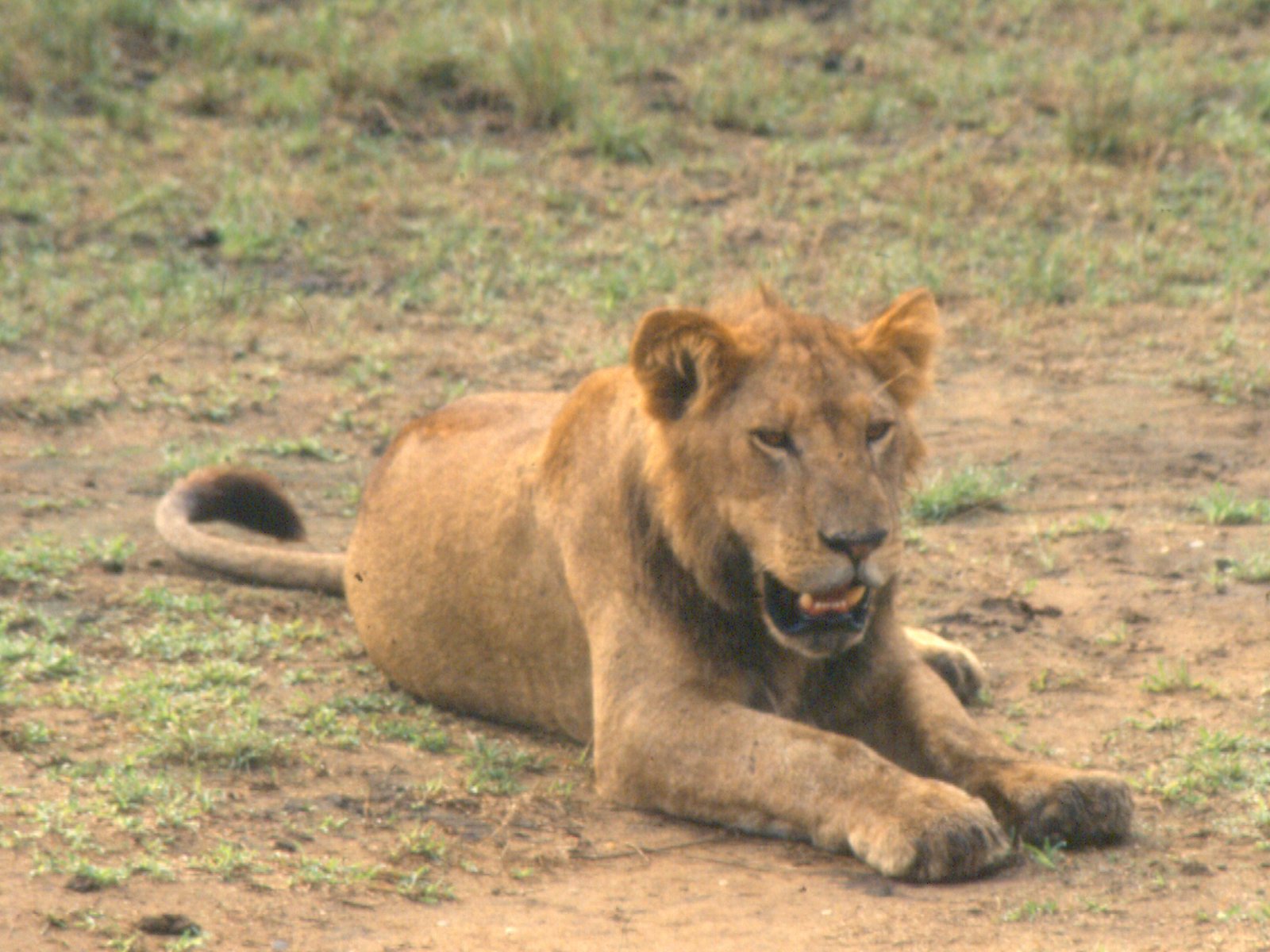
Taking down large prey alone is dangerous, no matter how skilled you are. For female big cats, courage is never in short supply. Imagine facing a herd of buffalo or a wary wildebeest, knowing that one wrong move could spell disaster. Yet, these queens of the wild don’t flinch. Their courage isn’t loud or showy—it’s steady, practical, and born of necessity. They know every risk, every possible escape route, and every weakness in their prey. Their success stories are written in scars and silent victories, each one a testament to their unbreakable resolve. It’s hard not to feel a rush of admiration for their fearless persistence.
Motherhood and Might

Many people forget that these solo hunters are often mothers, too. Balancing the demands of hunting with the need to protect and feed cubs adds another layer of complexity to their lives. After a successful hunt, a mother cat must drag her kill back to a safe spot, always wary of thieves and threats. The drive to care for their young fuels their determination, making their victories even more meaningful. Their cubs watch and learn from every move, inheriting the lessons of patience, cunning, and bravery. In the wild, motherhood is never a weakness—instead, it’s a superpower that pushes these females to achieve the impossible, over and over again.
The Art of the Ambush
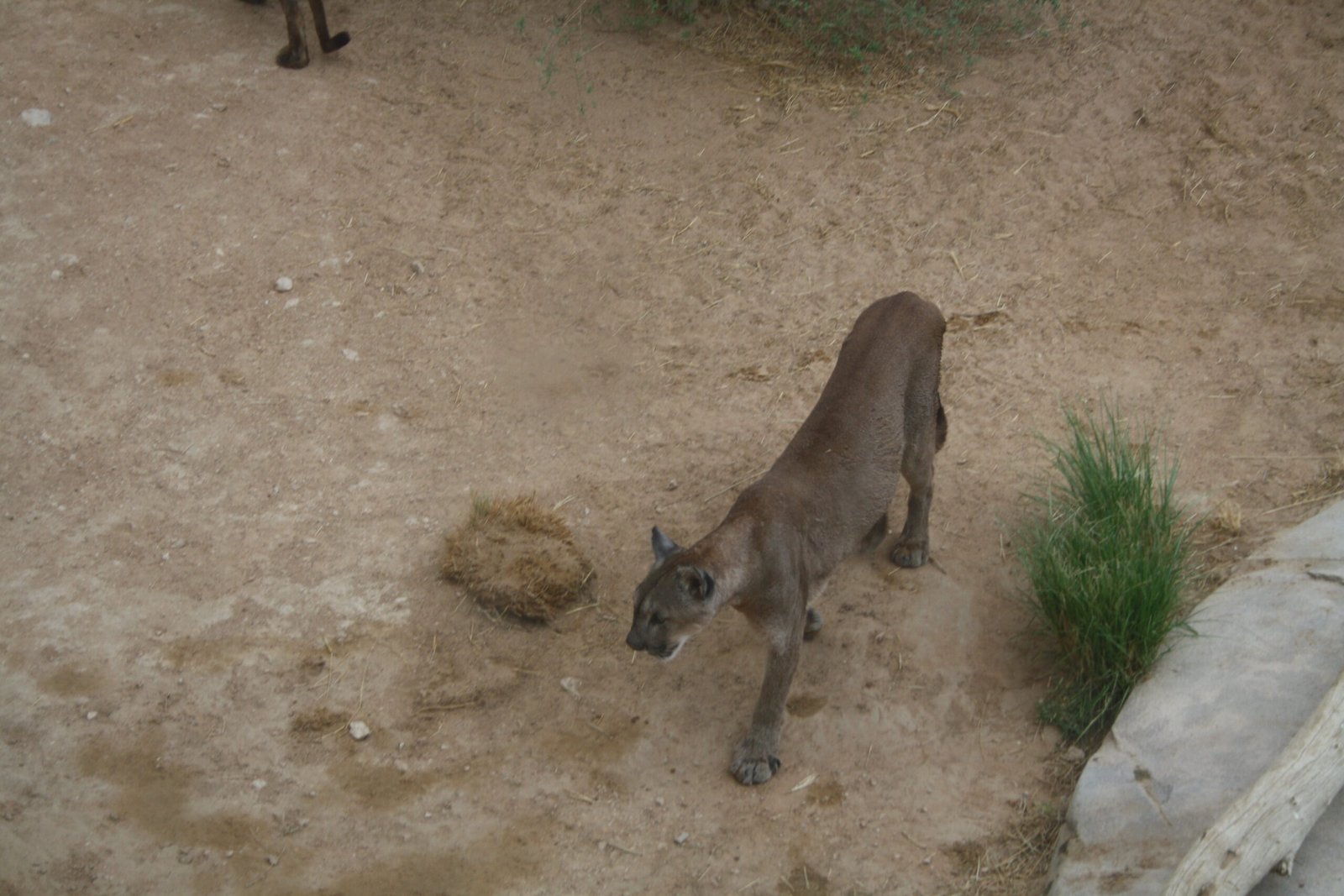
If you’ve ever seen a big cat hunt, you know it’s not always about speed—it’s about timing. Female cats are masters of the ambush, reading the rhythms of their prey and striking at the perfect moment. They freeze for minutes at a time, barely breathing, until the time is right. Then, in a blur, they leap forward, claws extended, jaws open. The precision and patience required is astonishing, and it’s often what separates success from failure. Each successful ambush is a small miracle, a combination of instinct, experience, and nerves of steel. It’s no wonder these cats are respected not just by their own kind, but by every creature in their realm.
Camouflage and Color
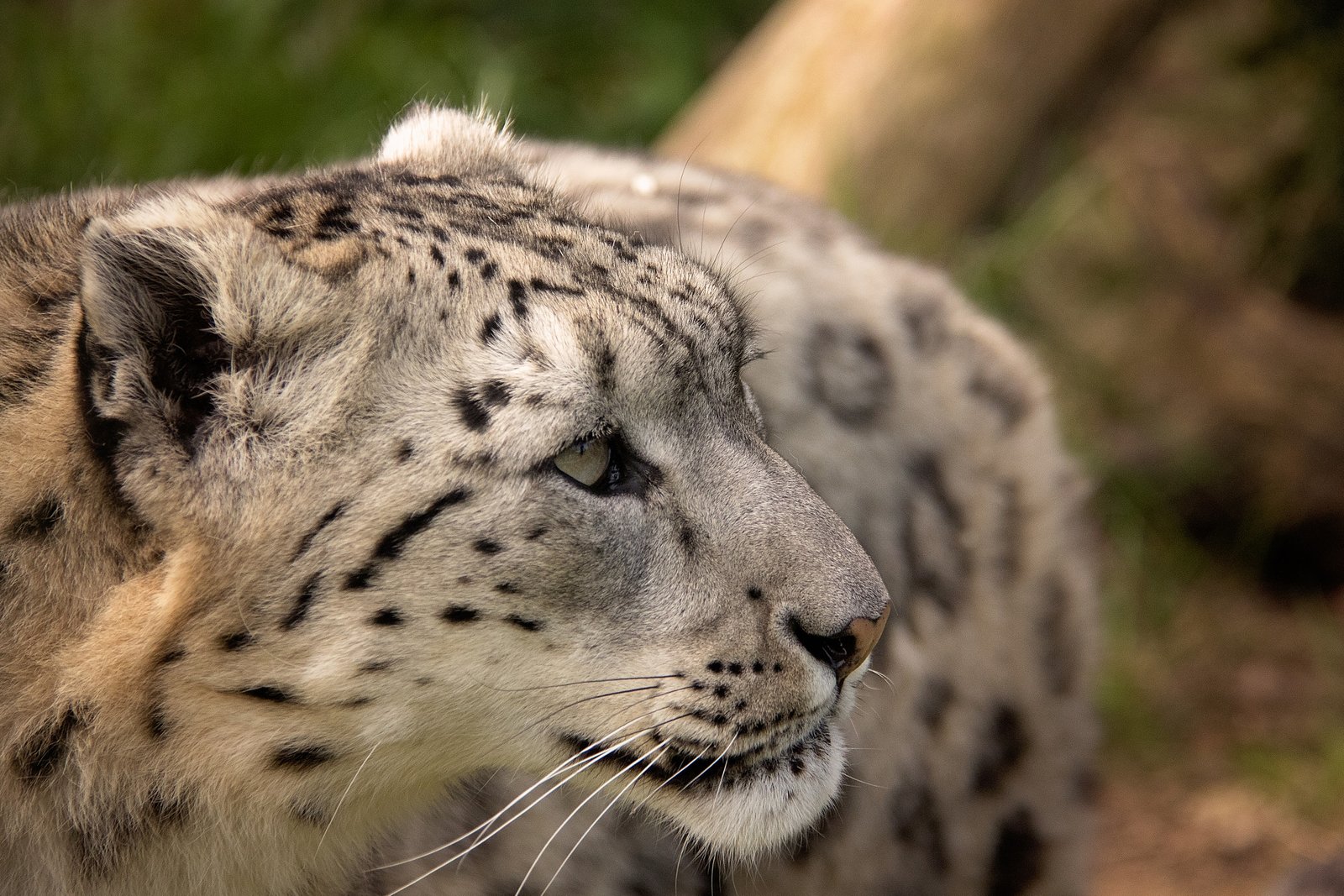
The coats of big cats aren’t just beautiful—they’re practical. Every stripe, spot, and shade helps them disappear into their environment. Leopards in dappled forests, tigers in tall grass, lions in sun-bleached savannahs—all use their natural coloring to their advantage. For females hunting alone, camouflage is often their greatest ally. It lets them get close enough to their prey for that all-important first strike. But this isn’t just about survival; it’s about strategy and artistry, too. Nature has gifted these cats with the ultimate disguise, and they wear it with quiet confidence. Their beauty and effectiveness are inseparable, a perfect union of form and function.
Nighttime Navigators

When the sun sets and darkness falls, the wild becomes a different world. Female big cats thrive in these shadowy hours, using their extraordinary night vision to stalk and hunt. The cool air and quiet night give them an edge, allowing them to move undetected. While most predators would hesitate, these cats come alive, their senses sharpened and their movements more fluid. It’s in the moonlit silence that their true prowess shines. Navigating by starlight, they become almost mythical creatures, ruling a world most of us never see. Their mastery of the night is a reminder that leadership sometimes means thriving where others falter.
Defenders of Territory

For a female big cat, territory is everything. It’s not just about space—it’s about survival, food, and the safety of her young. Defending this land takes grit and determination. Solo females patrol the boundaries, leaving marks and scents to warn off rivals. They’ll face intruders head-on if needed, showing a fierce side that few ever witness. This territorial instinct isn’t just about aggression; it’s about creating a safe haven, a patch of earth where their cubs can grow and thrive. Their vigilance makes them both guardians and rulers, ensuring the next generation has a fighting chance. It’s a quiet, ongoing battle that rarely makes headlines, but it matters deeply in the wild.
Resourceful Survivors

Life in the wild rarely goes as planned. Prey can be scarce, and competition is fierce. Female big cats have learned to be resourceful, adapting their tactics as needed. If the big game disappears, they’ll turn to smaller animals or even scavenge when necessary. They read the changing seasons and shifting landscapes, always one step ahead of hunger. This adaptability is a key reason for their survival—and their leadership. By modeling resilience and flexibility, they teach their cubs that success isn’t just about strength; it’s about smart choices and quick thinking. Their resourcefulness is a quiet triumph, proof that survival favors the clever as much as the strong.
Silent Communicators

While roars and growls get all the attention, female big cats are true masters of silent communication. A flick of the tail, a twitch of the ear, or a subtle shift in body language can convey complex messages to their cubs or rivals. This nonverbal language is essential for hunting, raising young, and keeping peace in the pride. Observing these subtle signals reminds us how much is said without words in the animal world. It’s a lesson in patience and observation, showing that true leaders don’t always need to shout to be heard. Sometimes, the softest signals carry the deepest meaning.
Fierce Protectors

When danger threatens, female big cats transform from graceful hunters into fierce protectors. Whether it’s defending cubs from hyenas or standing their ground against larger males, their bravery is nothing short of astonishing. The risks they take are real—injuries, exhaustion, even death. But their maternal instinct drives them forward, making them some of the most formidable defenders in the animal kingdom. Watching a mother cat stand between her young and a threat is chilling and inspiring in equal measure. It’s a reminder that love and courage often go hand in hand, even in the wildest places.
Teaching Through Example

Cubs learn by watching, and their mothers are the ultimate teachers. Every hunt, every escape, every victory is a lesson passed down. Female big cats don’t just feed their young—they show them how to survive and thrive. From the tiniest cub to the boldest adolescent, each one benefits from this hands-on education. The patience and dedication it takes to teach through example is immense, but the rewards are lasting. These life lessons shape not just individual animals, but entire populations, ensuring that the skills of survival are never lost. It’s a quiet legacy, built one hunt at a time.
Living With Loss

The wild is unforgiving, and not every hunt ends in victory. Female big cats often face the pain of loss—missed prey, lost territory, or even the deaths of cubs. Yet, they endure, carrying on with a resilience that’s nothing short of heroic. Their ability to keep moving forward, to try again after heartbreak, is both humbling and inspiring. It’s easy to forget how much perseverance goes into every success story. Each scar, each silent night spent hungry, is part of a larger tale of survival. Their strength isn’t in never failing—it’s in never giving up, no matter the odds.
Unique Personalities

Not all female big cats are the same. Some are bold and aggressive, others shy and patient. Wildlife watchers often remark on the distinct personalities they see in these animals. One leopardess might be a daring risk-taker, while another prefers stealth and caution. These differences influence everything from hunting style to parenting approach. It’s a reminder that, just like people, wild animals have their own quirks and preferences. Embracing this individuality makes their achievements even more impressive. In a world that often demands conformity, these cats remind us that there’s no single way to succeed—or to lead.
Adapting to Human Encroachment

The world is changing fast, and big cats are feeling the squeeze as humans expand into wild places. Female cats, especially mothers, are forced to adapt, finding new ways to hunt and raise cubs near villages and farms. Some have learned to hunt at different times or avoid roads and settlements, showing remarkable flexibility. It’s not easy, and the risks are high—conflict with people can be deadly. But their ability to adjust gives hope for the future. Conservationists are working hard to protect these adaptable leaders, knowing that their survival depends on both wild instincts and the ability to change with the times.
Mystery in the Shadows

There’s something endlessly mysterious about female big cats. Even after decades of study, so much about their lives remains hidden. They move in the twilight hours, slip through dense forests, and raise their young in secret dens. This air of mystery adds to their allure, drawing researchers and animal lovers alike. It’s a reminder that nature still holds secrets, and that some of the world’s greatest leaders operate far from the spotlight. Their quiet, secretive ways teach us to respect what we don’t fully understand and to appreciate the wildness that survives, just out of sight.
Symbols of Strength

Across cultures and centuries, female big cats have symbolized power, beauty, and independence. From ancient myths to modern art, their images inspire awe and reverence. They are more than just animals—they are emblems of resilience and leadership. This symbolism has helped fuel conservation efforts, reminding people everywhere of the importance of protecting these majestic creatures. Their strength isn’t just physical; it’s woven into the stories we tell and the dreams we chase. When we look at a lioness or a tigress, we see a reflection of the qualities we most admire: courage, grace, and unwavering determination.
Championing Conservation
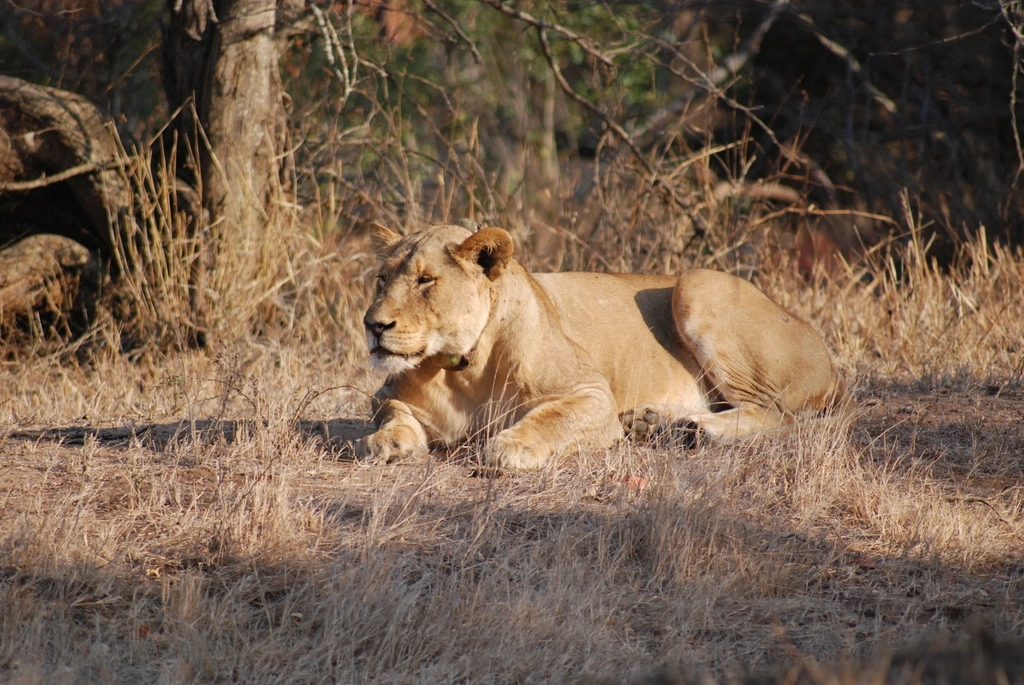
Protecting female big cats is about more than saving individuals—it’s about preserving entire ecosystems. These apex predators play a vital role in keeping nature in balance, controlling prey populations and shaping the landscape. Conservationists focus on females because their survival means new generations, new hope. Efforts range from anti-poaching patrols to community education and habitat restoration. Supporting these initiatives isn’t just about loving big cats—it’s about sustaining the rhythms of life in the wild. Every success story, every rescued cub, is a victory not just for one species, but for the entire web of life they support.
Stories Written in Tracks

Every big cat leaves a story behind—sometimes in the form of tracks pressed into soft earth. For female hunters, these tracks are clues to their journeys: where they hunted, where they hid, where they raised their young. Researchers and trackers read these signs like a book, piecing together the daily struggles and triumphs of these elusive animals. There’s a quiet poetry to this—stories written not in words, but in the language of the wild. Following these tracks reminds us that every life, no matter how hidden, leaves an imprint on the world. It’s a gentle call to pay attention, to honor the paths others have walked.
Changing the Game
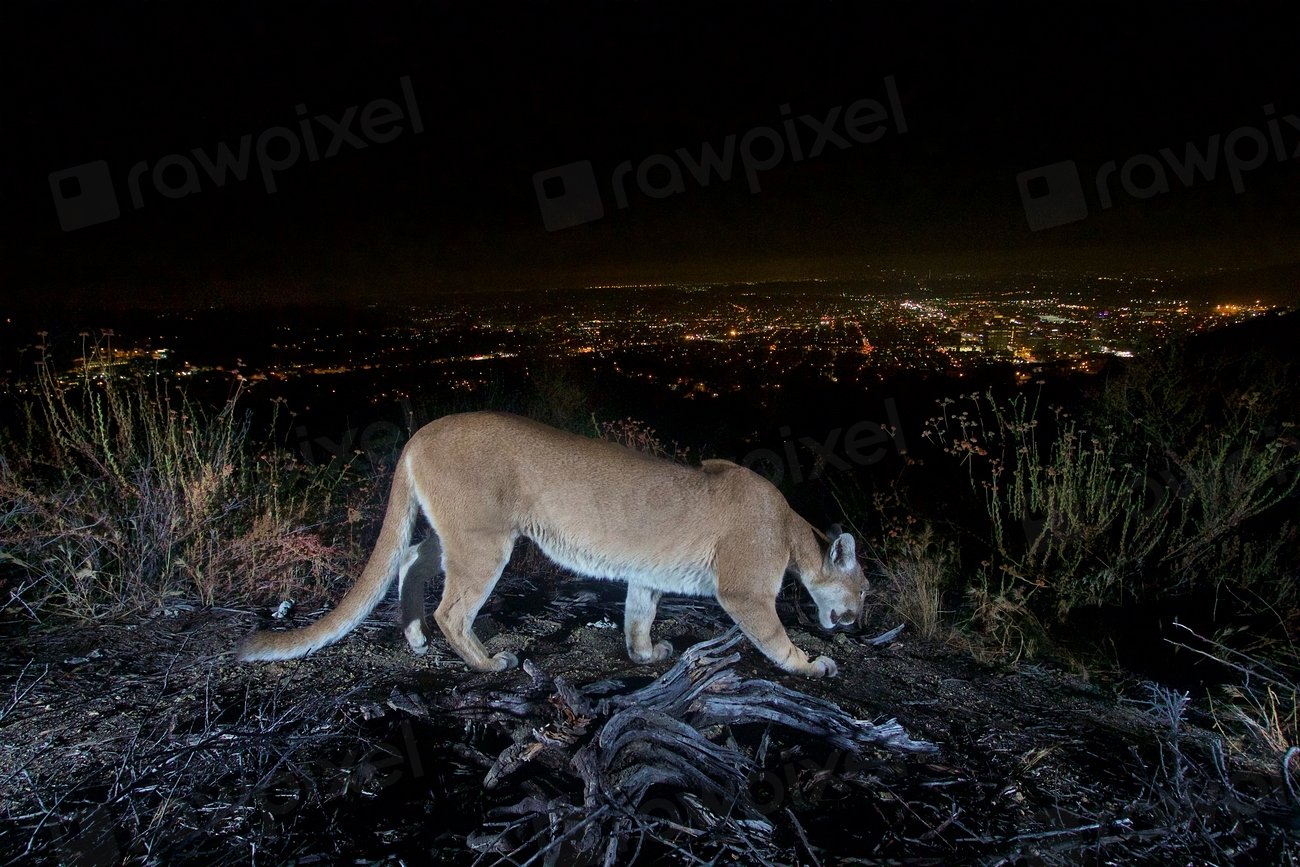
Some female big cats don’t just follow the rules—they rewrite them. Whether it’s hunting new prey, raising cubs in unexpected places, or forming unusual alliances, these innovators push the boundaries of what’s possible. Their boldness often leads to new discoveries, both for themselves and for scientists who study them. These adaptations aren’t just fascinating—they’re crucial for survival in a changing world. By changing the game, these females show that leadership is as much about creativity as it is about courage. Their willingness to try something new inspires us all to think beyond the expected.
Legends Passed Down

In the wild, stories are passed down not in words, but in traditions and behaviors. Female big cats teach their young the skills and secrets that kept their ancestors alive. Over generations, certain lines of lionesses or tigresses become legendary, known for their exceptional hunting or mothering abilities. These dynasties shape the future of their species, weaving a living history into every hunt and every lesson. It’s a beautiful reminder that leadership isn’t just about the present—it’s about leaving a legacy for those who come next. The wild is full of unsung heroines whose influence will echo for years to come.
Grace in Motion

Watching a female big cat on the move is pure poetry. Each step is deliberate, each movement a blend of strength and elegance. Whether she’s stalking prey, leading cubs, or simply stretching in the sun, there’s a grace that’s impossible to ignore. This beauty is functional, honed by necessity, but it’s also a gift to anyone lucky enough to witness it. In a world that can be harsh and unpredictable, their effortless motion is a reminder that grace under pressure is possible. It’s a lesson we can all carry with us—the idea that leadership, at its best, is as beautiful as it is strong.
Hope for the Future

Despite all the challenges they face, the story of the female big cat is, at its heart, a story of hope. Every cub raised, every hunt survived, every territory defended is a promise that these majestic animals will endure. People around the world are working to ensure that future generations will still hear the roar of a lioness or glimpse the shadow of a tigress in the wild. Their continued survival is a testament to both their resilience and our willingness to fight for them. When we support their future, we’re not just saving animals—we’re preserving a piece of the wild that makes life richer for us all.
Conclusion

The lives of female big cats are nothing short of extraordinary. From the silent strength of a solitary hunt to the fierce devotion of a mother, these queens of the wild embody resilience, adaptability, and quiet leadership. Every track, every scar, every cub raised speaks to a legacy of courage and grace. As we marvel at their stories, we are reminded that true leadership often goes unseen, unfolding in the quiet corners of the world. The next time you hear a distant roar or catch sight of golden eyes in the dusk, remember the wonders these animals bring to our world. What lessons will you carry from their wild, beautiful lives?

Suhail Ahmed is a passionate digital professional and nature enthusiast with over 8 years of experience in content strategy, SEO, web development, and digital operations. Alongside his freelance journey, Suhail actively contributes to nature and wildlife platforms like Feline Fam, where he channels his curiosity for the Feline into engaging, educational storytelling.
With a strong background in managing digital ecosystems — from ecommerce stores and WordPress websites to social media and automation — Suhail merges technical precision with creative insight. His content reflects a rare balance: SEO-friendly yet deeply human, data-informed yet emotionally resonant.
Driven by a love for discovery and storytelling, Suhail believes in using digital platforms to amplify causes that matter — especially those protecting Earth’s biodiversity and inspiring sustainable living. Whether he’s managing online projects or crafting wildlife content, his goal remains the same: to inform, inspire, and leave a positive digital footprint.






